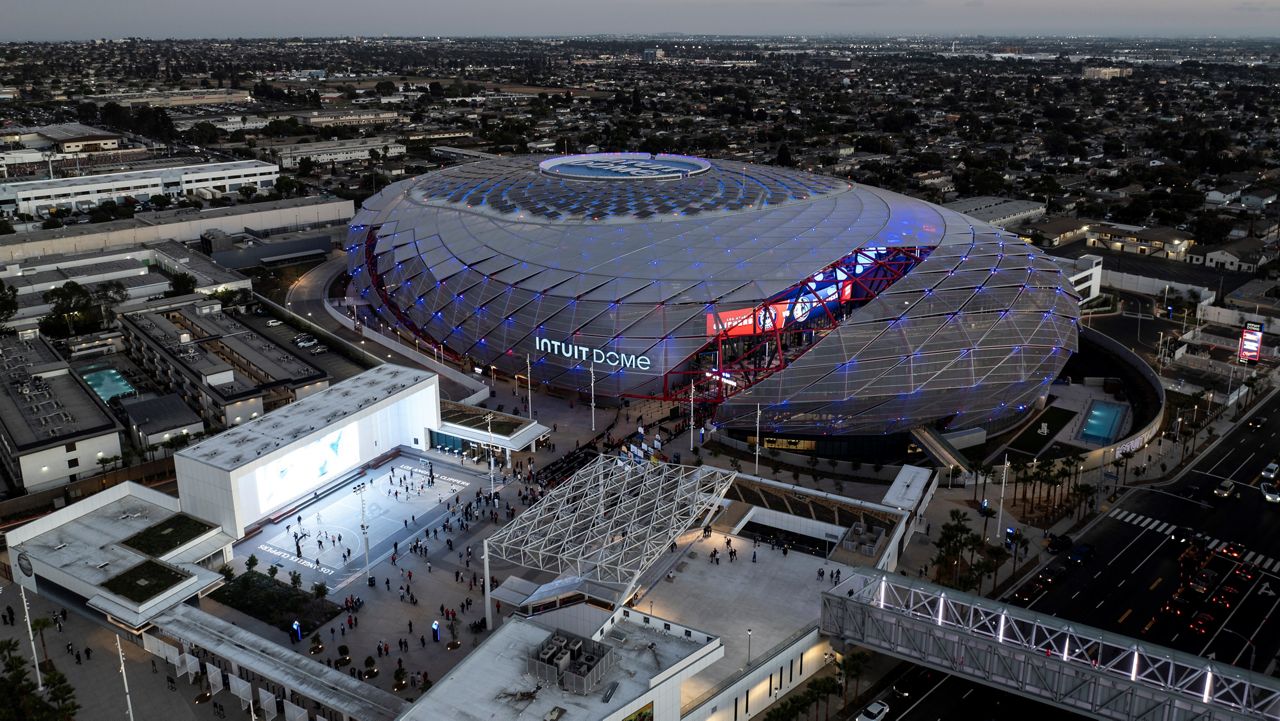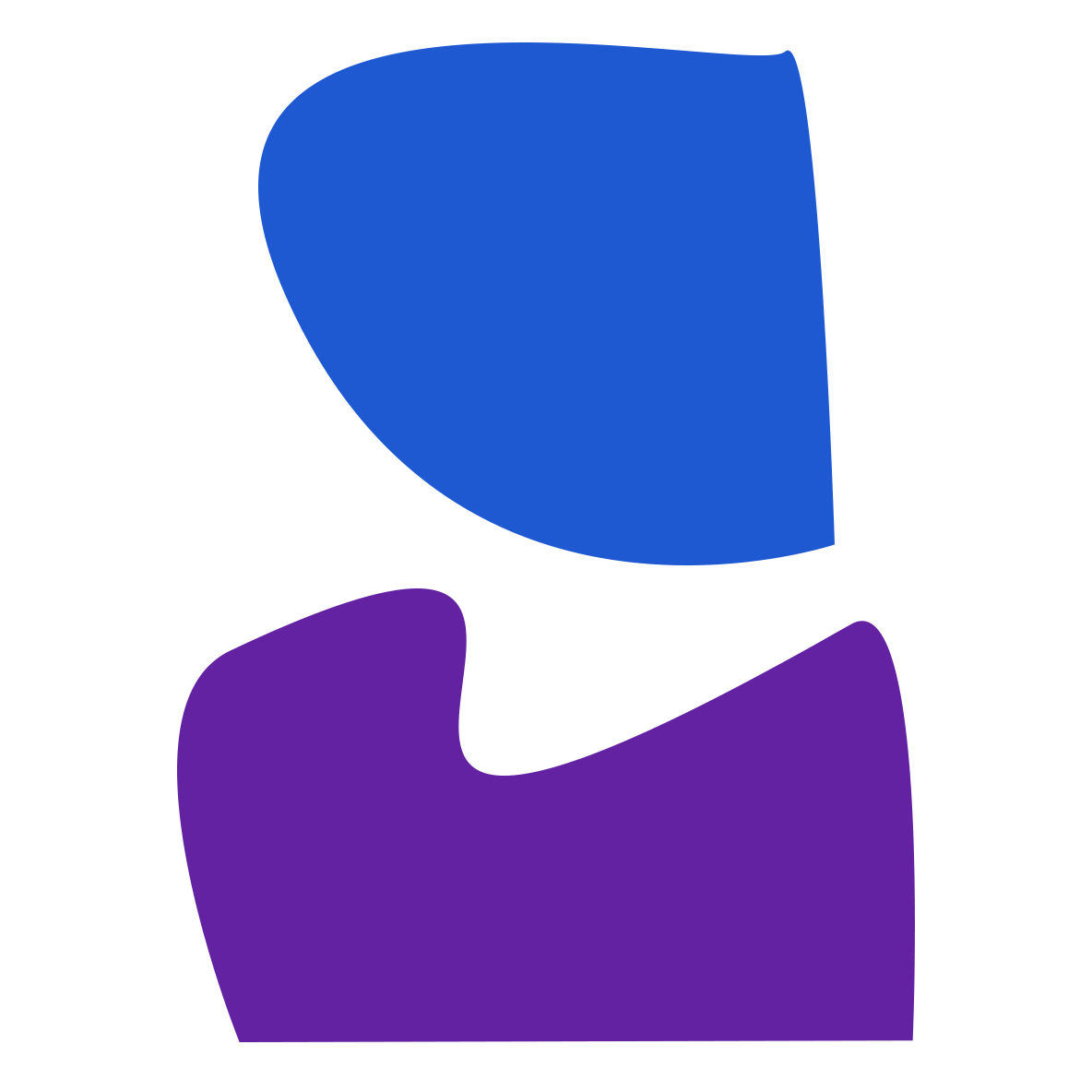

Rotate your phone to landscape for the best viewing experience.
What would you put on a billboard that’s just 6.25 square inches but will attract the eyes of billions?
The 2017-18 NBA season began with the Celtics impressing with a 16-game winning streak, Russell Westbrook becoming the first NBA player to record a triple double against all 29 other teams, and Lonzo Ball became the youngest player in NBA history to record a triple double.
There were other novel developments, too. And though they had no impact on standings, they have had a huge impact on the league, setting the table for a decade that’s seen the NBA ink partnerships to brand nearly every conceivable property.
’17-’18 was the same season, mind you, that the NBA gave away naming rights to its whole minor league subsidiary, rechristening the D-League (D for “development”) as the G-League (G for Gatorade).
The NBA Board of Governors had agreed to open up 30, 2.5×2.5 inch plots of land up for sale the year before, approving a proposal to permit teams to sell jersey sponsorships.
Though not a novelty in many global sports, and certainly quite common in other US sports like NASCAR, this was the first time that ad space on players was sold to teams for any Big Four sports league in the US. And in the intervening 8 years, no other Big Four counterpart has taken these measures.
How have these partnerships evolved and changed over time? Here’s a Gantt Chart with each team’s sponsorship agreements, with color-coding to correspond to seven sectors: Finance, Food, Health, Industrial, Retail, Tech, and Travel.
Methodology
Scraping
I used BeautifulSoup to scrape the Wikipedia page List of NBA jersey sponsors as a starting point.
I iterated over the table, extracting the Current jersey sponsor (Col B) and Previous jersey sponsor(s) (Col C) columns.
Following some research, I determined that sponsors in Column C without start and end dates attached to them were not from this current jersey push.
There were also some inaccuracies in the data. Most notably, the table shows Honeywell as a current sponsor for the Clippers. Not only are the Clippers not jersey partners with Honeywell, they don’t appear to have ever partnered with the Charlotte-based conglomerate to any degree. And interestingly, one of the Clippers’ past sponsors was the online rebate platform Honey.

A screenshot of the Wikipedia page. Note that the Sixers’ third column does have start and end-dates, whereas the Magic’s and Thunder’s do not.
Factchecking and Nailing Down Timelines
After gathering and cleaning the data, I created a pandas DataFrame.
Leery from the Honey/Honeywell experience, I wanted to both factcheck the information further and establish concrete timelines for each team/company partnership.
I chose the formal announcement of the partnership (usually on the team’s, company’s or NBA’s website) as the starting point.
The ending point was a less obvious choice. Of course, companies seldom release statements to declare that a sponsorship or partnership have ended. There were a couple of instances where this was the case, but for all other cases, I have marked the end date as the game date the team played with the patch — regular season, postseason, or play-in.
Many sponsorships coincide with the end of the season. So in most cases, it involved me quickly skimming through footage or seeking out press photos from the team’s last game of the year.
Corporate Intel
From there, I set out to get more information about the sponsors by gathering the sponsor organization’s industry and headquarters (more on that later). I was able to sort the companies into seven categories:
- Finance
- Food
- Health
- Industrial
- Retail
- Tech
- Travel
And just like that (I kid, it took a long time…) I had my data.
Sector
This was my first curiosity. What sectors are represented in jersey sponsorships? How has that changed over time?
Finance has held strong as the predominant sector for sponsors, but tech has made gains. In terms of jersey sponsorship, Industrial is on the decline as of the 2024-2025 season. Food, similarly, occupies a limited scope.
This chart also tells us about the adoption patterns. In the program’s debut 2017-2018 season (a few teams made the announcements during the preceding season), just 70% of teams tapped into that revenue source, and as we’ll see, that was the total at the end of the season. The next year and the first part of ’19-’20 saw total adoption. Since then, the number of teams with jersey patches have swung between 25 and 28.
Geographic Factors
How much do geographic factors play into a sponsorship agreement?
In my next iteration, I will analyze in more detail using the GeoPy module, which will allow me to calculate the distance between the Team Location and the Sponsor HQ.
But for now, I devised a five-bin system to measure the geographic ties.
- Same home city — the team and sponsor have the same home city
- Same home state/region — the team and the sponsor share a home state
- Team city is the sponsor’s US HQ city — some foreign organizations have opted to sponsor the teams. I evaluated the corporations’ US headquarters.
- Team city in the same state as sponsor’s US HQ
- No geo link — doesn’t share a home state/region
There are several drawbacks of this system that will be improved with the next GeoPy implementation. Consider if a company HQed in Arlington, Virginia sponsored the Washington Wizards. On paper, they’re in separate regions, but they are part of one shared geographic zone.
Or consider a state like Texas. If the Mavericks were sponsored by a company HQ’ed in Fort Worth, it would get the same score as one HQ’ed in Austin. The same state, but Fort Worth is 30 miles away (and included in the Dallas region’s name), whereas Austin is 200 miles away.
One other proximity factor — which is not geographic — is in ownership. In the 2023-2024 NBA season, the Miami Heat’s jersey sponsor was Carnival Cruises, a company owned by the team’s governor Micky Arenson. Carnival is also based in Miami. But given the common ownership, the tie is, of course, closer than geographic alone.
But by examining this data through this bin approach, Tech has the least correlation to a team’s proximity. That could be explained by the fact that tech tends to be clustered in just a few geographic locations (Bay Area, Austin). But also, the tech products can often cater to to a broader audience, so it makes sense that their sponsorship wouldn’t be lessened by the distance.
By contrast, Manufacturing/Industrial was the most localized field.
Full Timeline
Inconsistent Adoption
There are few things that stand out here. One is the schedule of announcements at the beginning – the first partnerships launched in May 2016 (the Sixers x StubHub partnership), just after the jersey patch program was ratified. That amounted to just under months before the first games could even be played with those patches!
By contrast, the Knicks x Squarespace agreement was announced a week before the start of the ’17-’18 regular season. New Orleans and Charlotte both unveiled their partnerships within the first several weeks of the season. And the Grizzlies x FedEx agreement (both Memphis enterprises), was announced 2-and-a-half months into the regular season!
A handful of teams elected to wait until later on to agree to partnerships: the Clippers took until the regular season was nearly over, and the Mavs took until the start of the post season.
The Bulls, Rockets, Pacers, Thunder, Suns, Blazers, Spurs, and Wizards all remained sponsorless through at least the lead-up to the 2018-19 season.
Covid Timing
When the NBA returned for its bubble run in July 2020, 22 out of the league’s 30 teams were invited.
Several teams’ sponsorship agreements (Boston, Brooklyn, Milwaukee, New Orleans, and Sacramento) concluded at the end of their stint in the bubble.
And then Minnesota, which had spent October 2019 through March 2020 tanking — wasn’t invited.
But one team, which was at the bubble didn’t extend its partnership, the sole team in the bubble without sponsorship patches! The Houston Rockets had partnered with the California-based phone manufacturer ROKiT since October 2018. (And the similarity in brand names perhaps this raises another secondary draw for teams: synchronicity). But the Rockets played their last game with the ROKiT patch in March, before the shutdown. They played the bubble and the entire tumultuous 2020-2021 season without a sponsor before teaming with Credit Karma for ’21-’22 through ’23-’24.
Intermittent Branding
Another wrinkle is the gaps! Teams like the Grizzlies, the Wizards, and the Blazers have all had lengthy spells between sponsors.
And currently, the Clippers and the Spurs don’t have jersey sponsors. That could change at any time, but in the case of the new occupants of the newly opened Intuit Dome, I wonder if it they’ll stay “brandless” for a while.
Ballmer is by far the richest team owner in the league and has leveraged years of engaged management to unveil his new basketball palace, replete with a completely reinvented brand identity and jersey design. Perhaps he wants to kick off this new era of Clips basketball and maintain a timeless, “unblemished” look.


Regardless of why — and for how long — some fans have taken notice. A November 2023 post in r/LAClippers opens a conversation about the absence of a jersey sponsor and makes it clear that at least a vocal contingent of fans don’t miss it in the slightest.
Conclusion
In other sports traditions (for instance, world soccer), jersey sponsorships are commonplace. That’s not the case in the US. As the first forays into jersey sponsors in the Big Four, the NBA represents a fascinating laboratory, as fans, owners, and corporations alike set the standards for new avenues of sponsorship.
And sponsorship is on the rise. Consider the recent NBA All-Star Weekend. On Friday, as Zach Harper pointed out on a recent episode on the Basketball Illuminati feed, the events were the Ruffles NBA All-Star Celebrity Game the Castrol Rising Stars (a particularly weird one). Then on Saturday, or ahem, the State Farm All-Star Saturday Night, we saw the Kia Skills Challenge, the Starry 3-Point Contest, and the AT&T Slam Dunk (yep, that’s the full name). Mercifully, the name of the actual All-Star Game was unvarnished by sponsorship, aside from being held at the Chase Center.
The patches are a small, notecard-sized representation of the NBA’s ever-accelerating branding arms race and financialization, perhaps best signified by the league’s growing adoption of sports betting.
And the presence of these patches inscribes them as a permanent, if peripheral, part of NBA history.
Every on-court moment of Stephen Curry from his championship-winning run in 2022, for instance, will feature the Rakuten logo.
So in 20 years, when they’re looking back at one of the most electric basketball players we’ve ever seen, fans and students of the NBA will ask a question that many of us — myself included — first voiced in September 2017, when the sponsorship was announced: “What even is a ‘Rakuten’?”

Leave a Reply